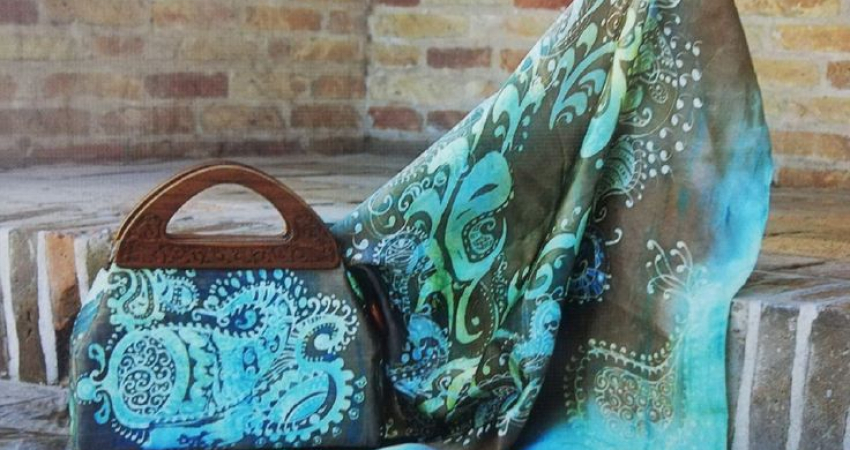BATIK COURSE IN FLORENCE
Highlights
- Our programs are highly personalized
- During our course, it will be possible to personalize and create items that you can keep, such as bags, pants, or jackets.
- The lessons can be conducted in both Italian and English.
- On request, a master class of one day can be organized.
- On request, a guided visit to a famous museum of Florence can be added at an additional price
Overview
Batik is a technique used to add colors to fabrics and various items like vases and clothes. This is done by covering the areas that should stay colorless with wax or other waterproof materials like clay, resin, vegetable pastes, or starch.
In our Batik course, you can personalize and create items such as bags, pants, or jackets that you get to keep. These courses in Florence are open to everyone, and there are no special requirements or the need to enroll in our Italian language courses. Lessons can be conducted in both Italian and English.
The cost is equivalent to three individual lessons, each lasting three hours. If you come with friends and/or family, you can contact us for a personalized offer. Please note that the cost of materials, which depends on the technique and type of work, is not included in the course price and should be paid directly to the teacher.
In this batik technique, a canting tool is not used. Instead, freehand painting on fabric is achieved with brushes and permanent inks. This decorative method demands skill and mastery, resulting in small works of art—each piece being unique and unrepeatable.
For those who may not feel comfortable painting freehand, there's an option to transfer their design or pattern onto the fabric using either light or dark tracing paper.
The Batik course program is flexible and can be customized for each student based on their preferences and skill level.
- Day 1 - BATIK COURSE - COLD TECHNIQUE
The Batik course program, which can be customized for individual students, generally follows these steps:
The design is transferred to the fabric using a special textile pencil or a retractable felt-tip pen.
The design is fixed under the fabric to outline the contours.
The fabric is secured to the frame.
The reserve (a substance that prevents dye absorption) is applied to the fabric, strictly following the pattern.
Dyes are applied using a brush or cotton sponge, with the application methods being the same for both.
Allow the painting to dry.
The cost of materials, dependent on the technique and type of work, is not included in the course price and should be paid directly to the teacher.Upon request, the course can be tailored to last from 1 to 3 days.
- batik lessons
- certificates of attendance
- materials
- lodging
- travel tickets


